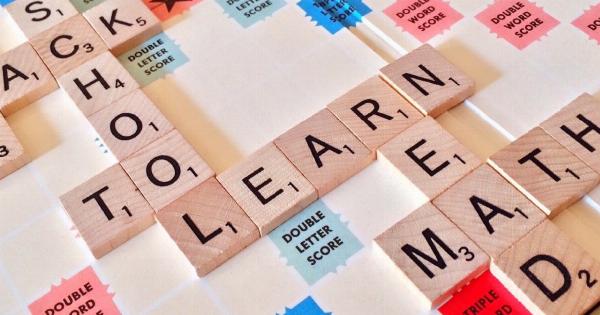High school is a crucial period in a student’s life. It is the time when they learn the basic skills that help them succeed in life, such as reading, writing, and arithmetic.
However, reports suggest that functional illiteracy is rampant in high schools across the country. Functional illiteracy is when a person can read and write but cannot perform basic tasks such as filling out a job application or understanding a newspaper article.
In this article, we will explore the reasons behind this problem and what can be done to address it.
What is functional illiteracy?
Functional illiteracy is a term used to describe people who have difficulty with reading, writing, and basic math skills, despite being able to read and write to some extent.
These individuals cannot complete everyday tasks that require basic literacy skills such as filling out a job application, reading a prescription label, or calculating interest rates on a loan. This type of illiteracy can have serious consequences such as difficulty in getting a job, social isolation, and the inability to fully participate in society.
How prevalent is functional illiteracy in high schools?
According to the National Assessment of Educational Progress (NAEP), almost 25% of twelfth-grade students in the United States cannot read proficiently.
Moreover, one-third of high school graduates in the United States are estimated to be functionally illiterate. These numbers are quite alarming, considering the importance of literacy in today’s world. The consequences of functional illiteracy can be severe and can impact a person’s psychological, social, and economic well-being.
What are the reasons for functional illiteracy in high schools?
There are several reasons why functional illiteracy is rampant in high schools. The first reason is a lack of emphasis on reading, writing, and math skills in our education system.
Curriculum in high schools focuses more on content-based subjects such as science, history, and social studies rather than on developing basic literacy skills.
Secondly, inadequate teacher training is another factor contributing to functional illiteracy in high schools. Teachers are often not trained to teach reading and writing skills effectively.
As a result, many students are not able to grasp the fundamental concepts of literacy, leading to functional illiteracy.
Thirdly, the prevalence of technology and social media has also contributed to functional illiteracy in high schools.
Students are often more engaged with their phones and screens than with reading comprehension, writing skills, and traditional knowledge. Thus, while digital literacy has improved, the overall literacy levels have fallen.
What are the consequences of functional illiteracy?
Functional illiteracy can have serious consequences for individuals and society as a whole. It can lead to limited job opportunities, low income, dependence on government assistance programs, and social exclusion.
It also affects a person’s self-esteem, motivation, and confidence. Moreover, when a significant portion of the population is functionally illiterate, it can impact the overall productivity of the economy and the country’s growth potential.
What can be done to address functional illiteracy in high schools?
Several steps can be taken to address functional illiteracy in high schools. Firstly, there needs to be a greater emphasis on teaching basic literacy skills, such as reading, writing, and math, in high schools.
Secondly, teachers must be trained to teach these skills effectively. Thirdly, technology can be used as a tool to enhance literacy skills rather than a replacement for them.
Additionally, reading and writing programs can be implemented to help students who are struggling with functional illiteracy.
Programs such as literacy tutoring, after-school clubs, and summer camps can be beneficial in helping students develop their reading and writing skills. Similarly, mentors and role models who have overcome functional illiteracy can inspire and encourage students to improve their own literacy skills.
Conclusion
Functional literacy is a growing problem in high schools across the country. It is essential to address this issue due to its severe consequences for individuals and society.
Teachers, policymakers, and society as a whole must join hands to ensure that all students are equipped with basic literacy skills, enabling them to lead a fulfilling life.


























